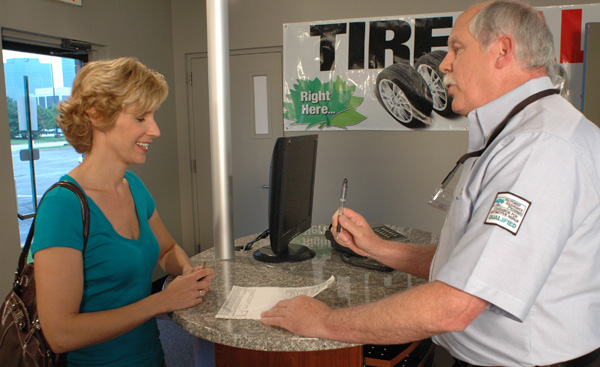It is normal for people to hesitate when they bring their cars into auto shops since they were not sure whether the cars would be properly fixed. Apart from this, they worry that the technicians would talk them out of the original planning. Or you are just too busy to spend the time with them. If this is the case, it won’t be a problem anymore. Launch has developed a tool named GOLO CarCare which enables remote diagnostics. For more information, you can have a look at our website. If your technician doesn’t have such a tool, you can make a suggestion, it won’t fail you both. And you can also have a look at the other tools, they are all very useful.
How many times have you hesitated to bring your car into an auto shop because you were not sure it would be fixed the way you wanted? Maybe you were worried that the technician would be argumentative, evasive, incompetent …or simply too busy to spend time with you.
“Many consumers are apprehensive about bringing their vehicle into a auto shop”, said Lawrence Hecker, president of the non-profit Motorist Assurance Program. They worry about trying to communicate clearly with technicians or other auto shop personnel, and they’re afraid their vehicle won’t get the attention it deserves.
Fortunately for consumers, the automotive maintenance and repair industry is worried about all of that, too! Plus, as vehicles have become more complex, the need for clear communication has become all the more important. To help address this challenge, a growing number of auto repair companies and shops have signed on with the Motorist Assurance Program (MAP).
MAP brought industry experts, consumer advisers, and others together to develop Uniform Inspection & Communication Standards covering all the major systems in a vehicle.
MAP’s Uniform Inspection & Communication Standards (UICS) help customers and technicians communicate clearly about a vehicle’s problems and the options for fixing those problems. Each set of standards outlines what’s suggested or required for any given problem.
Auto shops and auto service locations agree in writing to follow the MAP UIC’s can become MAP Participants.
Consumers can follow a few simple steps to make the most of their visit to a auto shop…whether it’s a MAP-Participant or not.
1. Before calling or going to an auto shop, take five minutes to write down in your own words what your vehicle is doing (or not doing). Make a note of every detail. Is your car making a noise? Describe the noise. Where does it seem to be coming from? Is the car feeling sluggish? When, how often, under what conditions? Ask yourself a lot of detailed questions. Ideally, jot these observations down right after you notice them (but not while you’re trying to drive, of course!).
2. With your notes in hand, visit the auto shop of your choice. If it’s a MAP-accredited shop, the technician will have a copy of MAP’s Uniform Inspection & Communication Standards handy, which will help guide the diagnosis. Either way, make sure the auto repair technician or customer service rep is giving you his or her full attention before you try to describe what’s happening with your vehicle. Shops are often busy, but that’s no excuse for poor service. Don’t leave your car in the hands of a technician until:
a. you’re satisfied he/she has heard you out;
b. you and the technician have agreed on a course of action; and
c. you have received a completed written inspection form and repair estimate.
3 . Once you’ve done your part in describing your vehicle’s problem as clearly as possible, ask questions. No good auto repair technician will simply listen to your description of a problem and say, “Ok, I’ll fix it.” Ask the auto repair technician or customer service rep for their recommendations as to what is required vs. suggested to be repaired or replaced. The shop may charge for a diagnosis. That’s money well spent, so the technician can pinpoint the problem(s).
Ask questions like:
What would cause such a condition?
What industry standards guide service on that vehicle system?
Can the problem be “repaired” or will it require “replacement” of parts?
How is the repair performed, in general terms?
Could the auto repair process itself affect other vehicle components (for example, will belts or hoses have to be disconnected or replaced as part of the repair)?
How long will the auto repair take?
Never be afraid to ask questions. As the saying goes, the only dumb question is the one that wasn’t asked! So, if you have any questions about the tool we have mentioned at the very beginning, have a visit at our home site where online customer service is accessible.

Talking with a Car Repair Technician
by
Tags:
